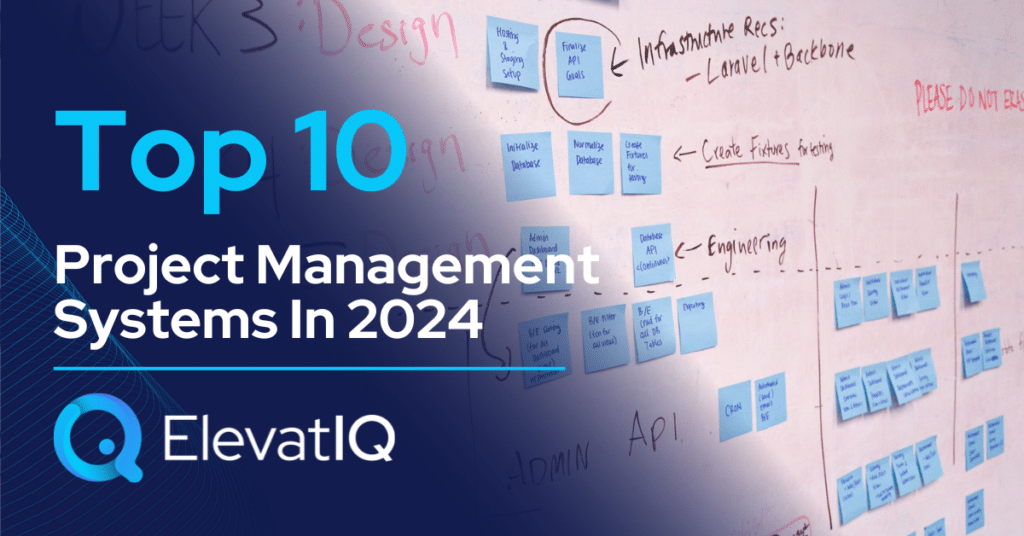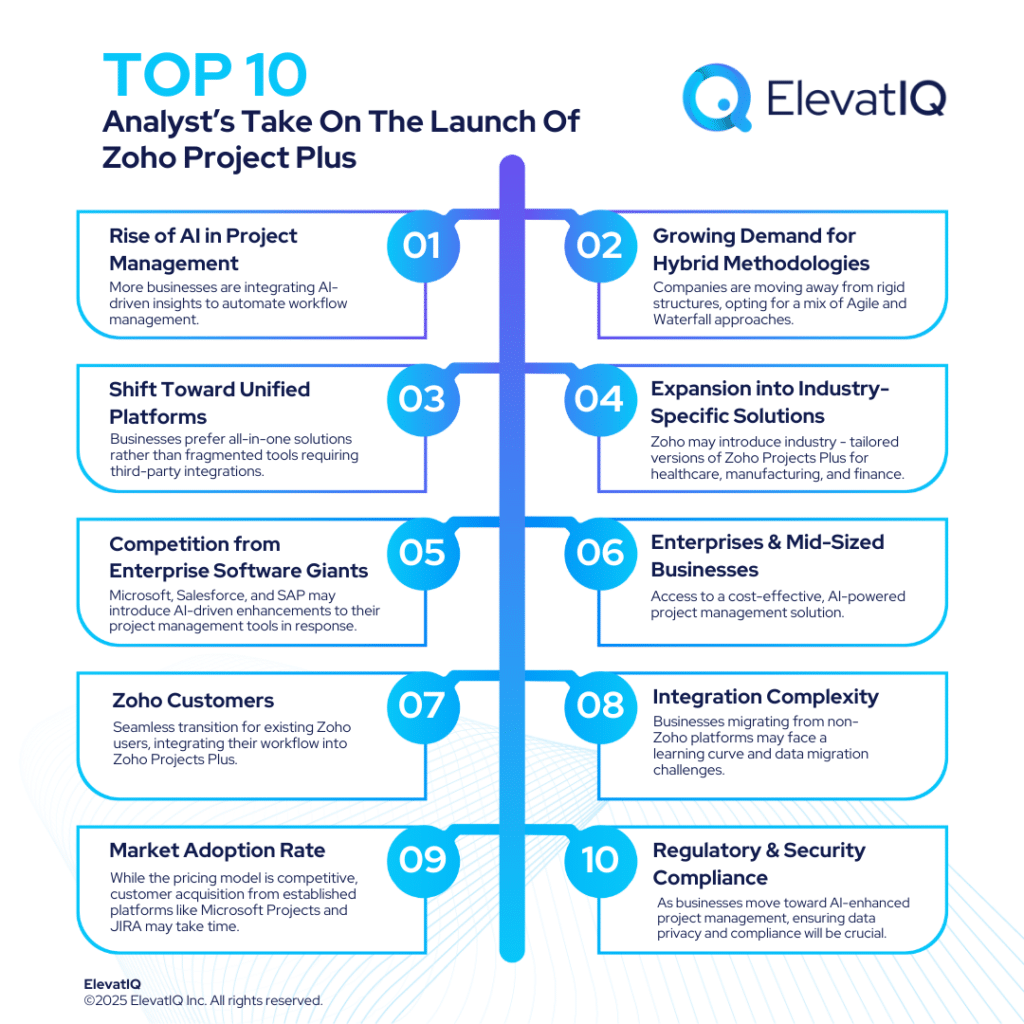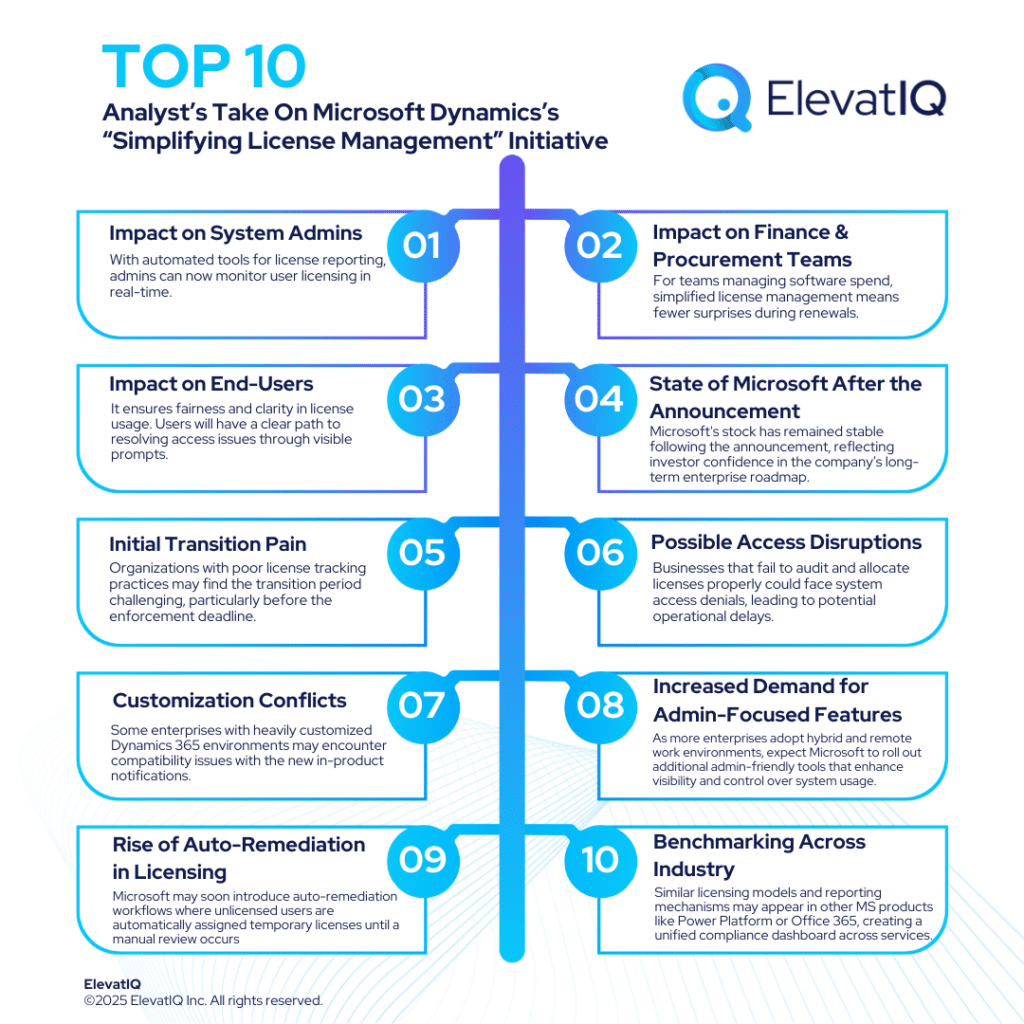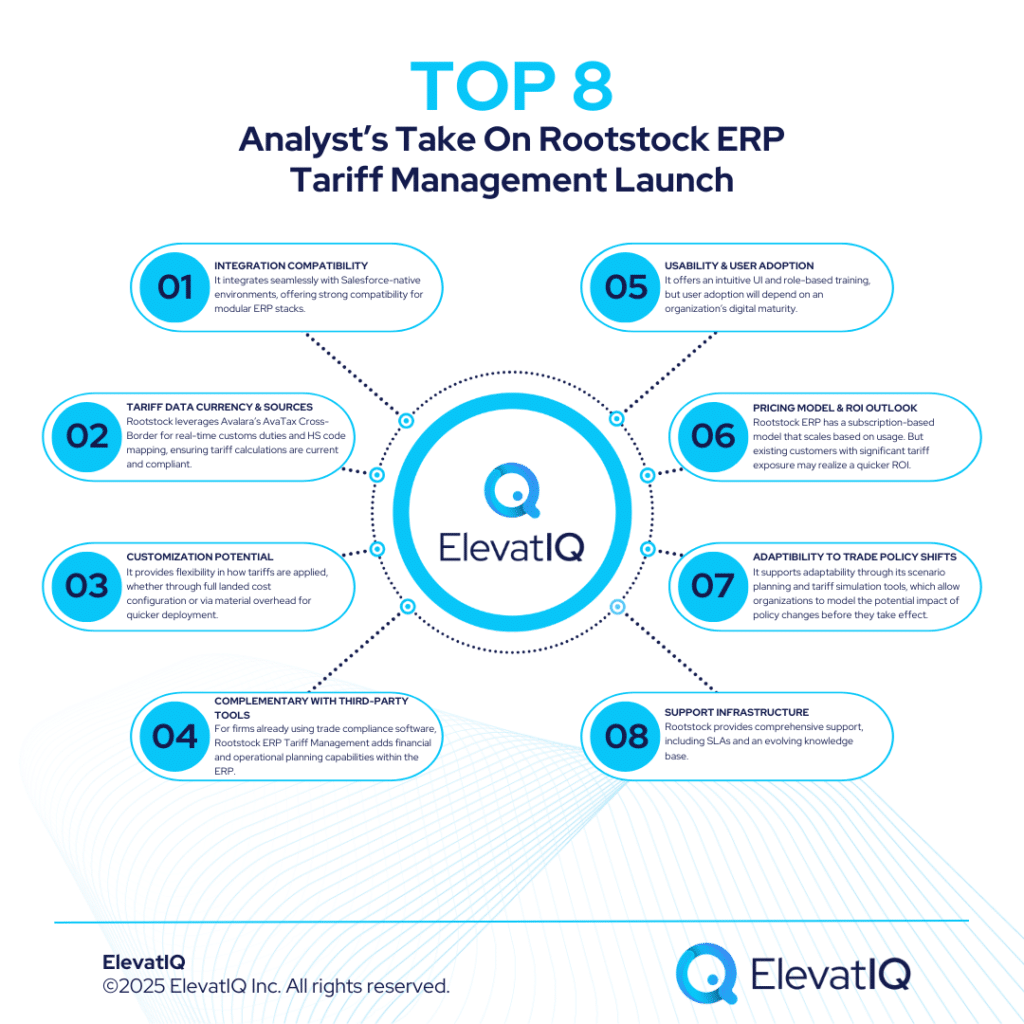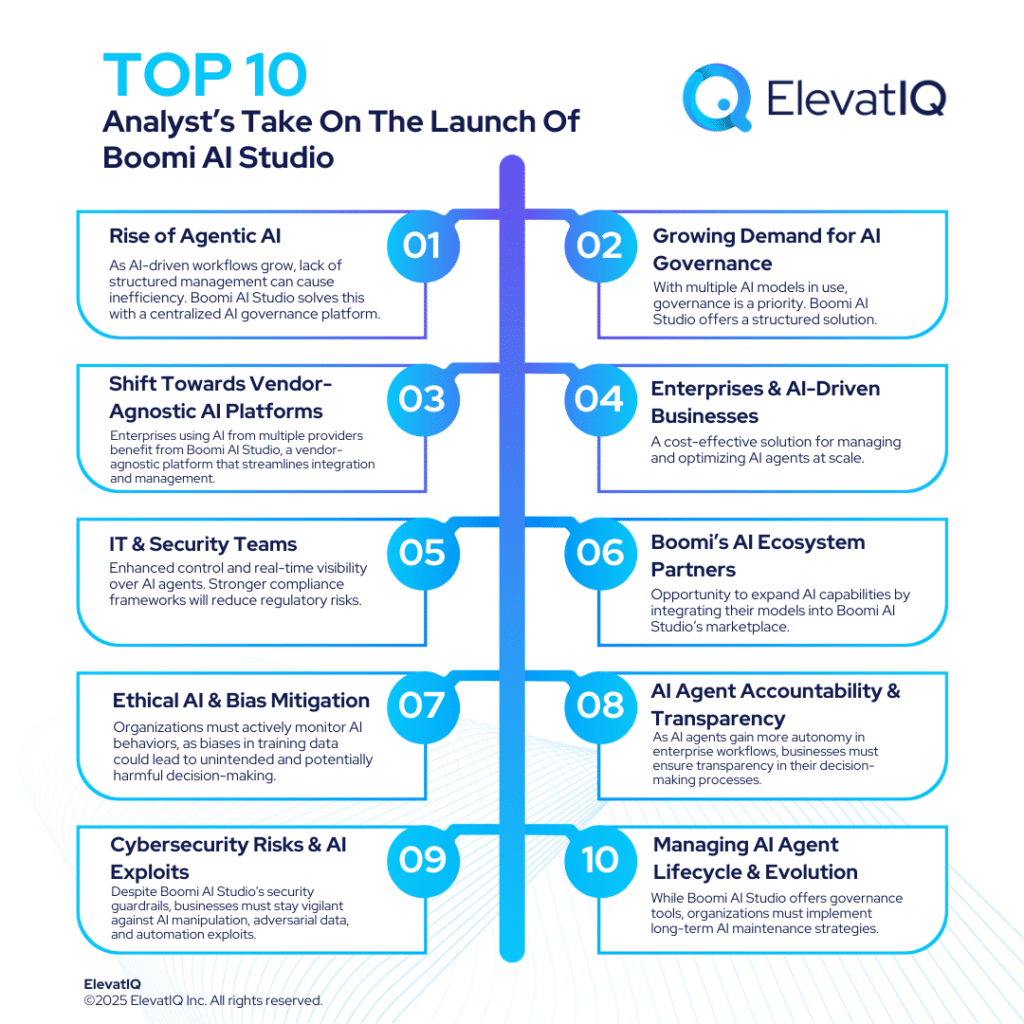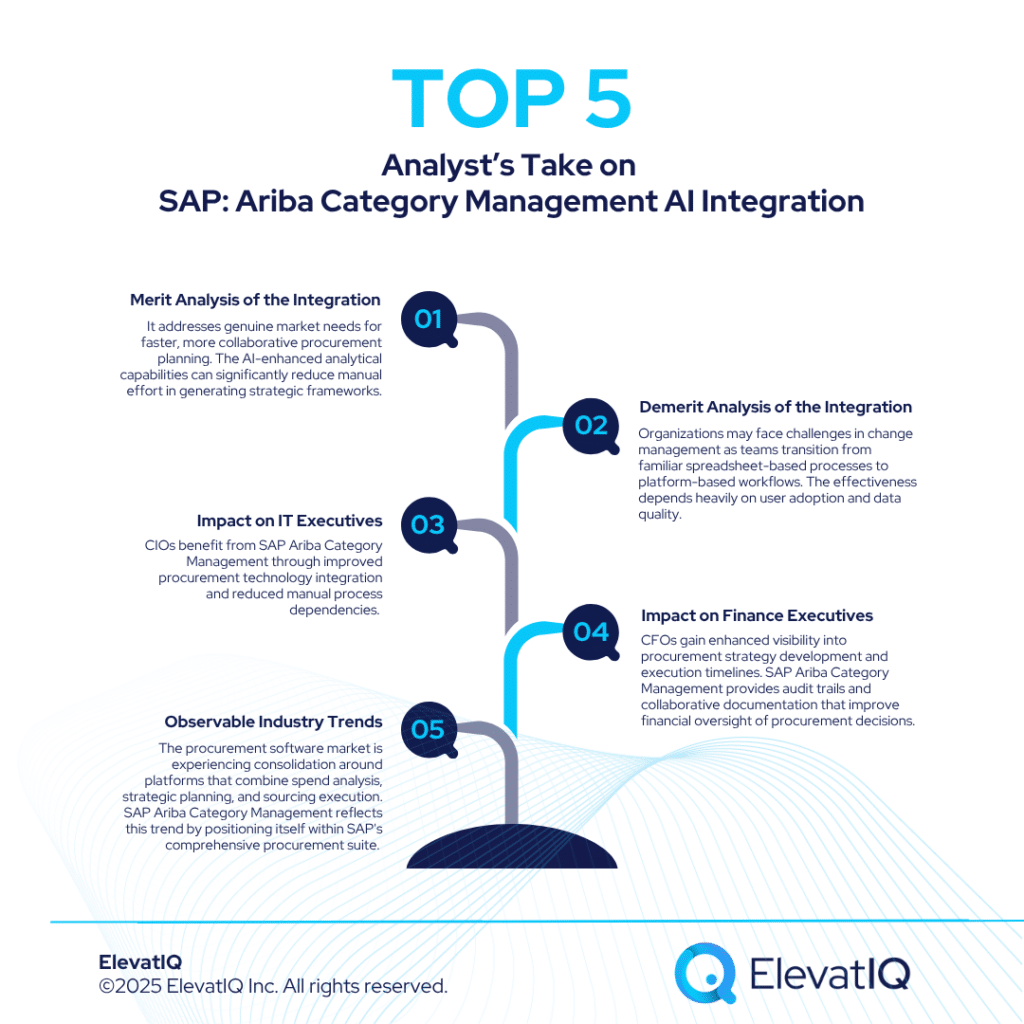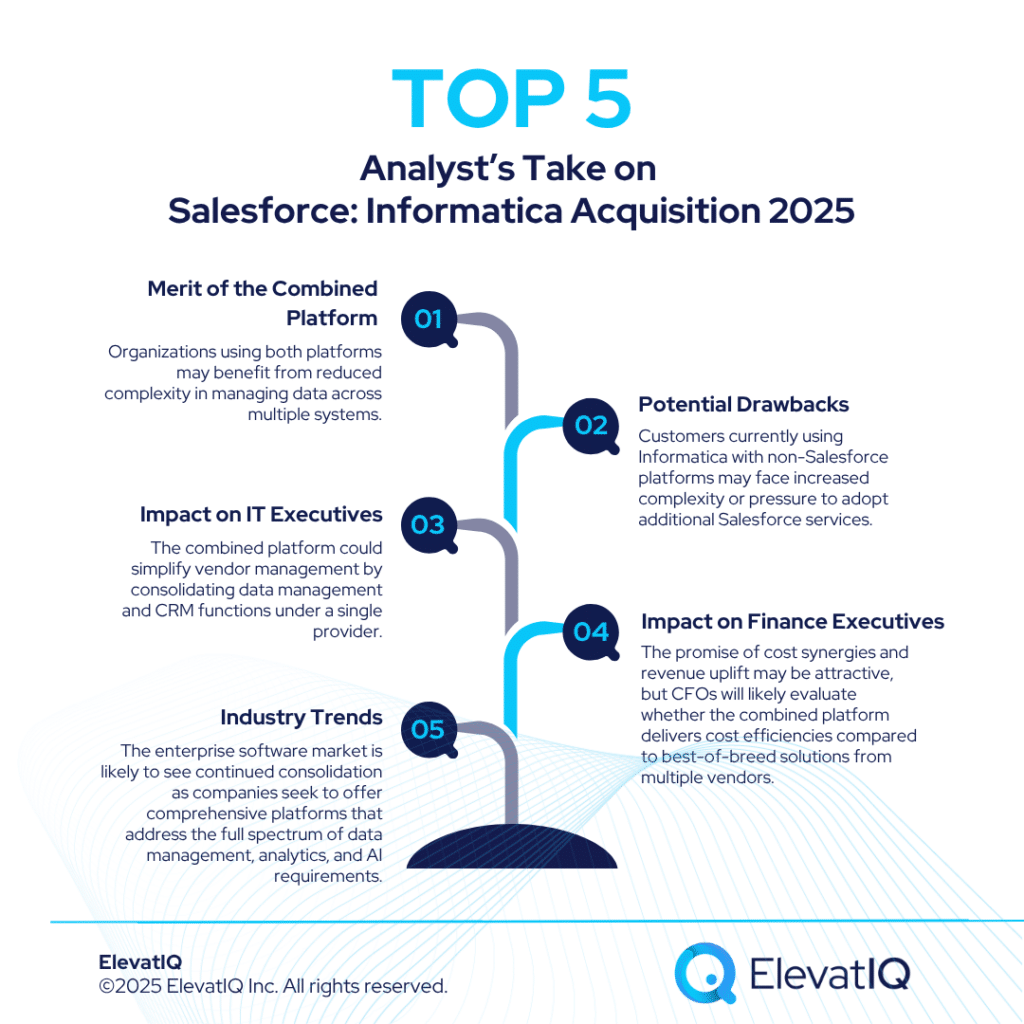Last Updated on April 25, 2024 by Shrestha Dash
Enterprises undertake a myriad of projects, each presenting distinctive characteristics—internal or external, short or long-term, billable or cost-centric, and varying across industries with specific scheduling and reporting needs. Construction projects diverge substantially from software development endeavors. Each falls under the umbrella of project management, necessitating diverse processes and unique capabilities from project management systems. How do you navigate this complexity effectively?
The architecture of project management systems is also intricately shaped by their capabilities overlapping with other adjacent systems. Being part of an ERP system requires alignment with accounting and procurement, driven by workflow needs and the balance of front-end and back-end processes. Additionally, potential overlaps with CRM processes may arise, particularly when sales and project management are closely linked, necessitating smooth data exchange. In certain industries, where project management systems integrate billing, scheduling, invoicing, and finance extensively, it is termed a PSA, prevalent in professional services. PSA shares design principles similar to project management but encompass broader capabilities than standard project management systems.
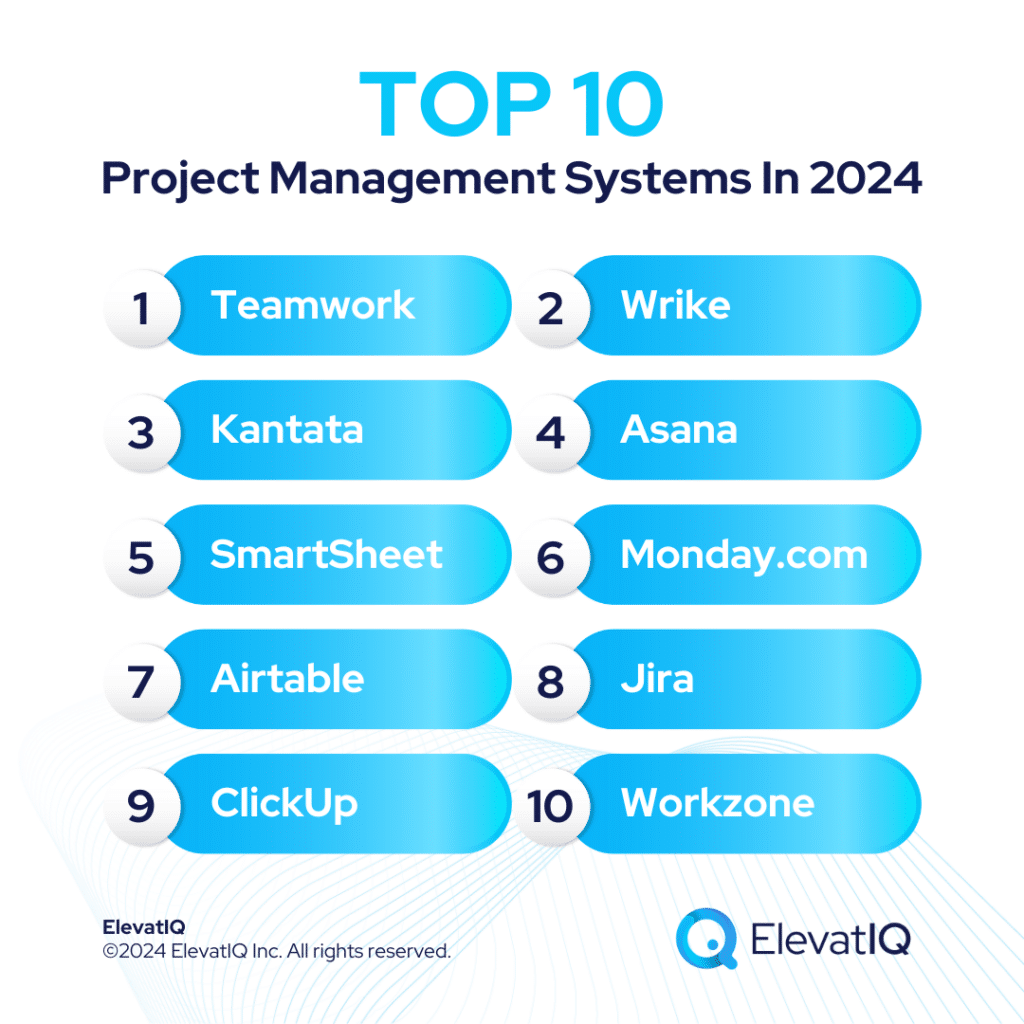
Project management systems exhibit diversity, yet common elements prevail, reflecting the fundamental components of any project. Projects inherently involve start and end dates, tasks, activities, and the allocation of resources and materials. Correspondingly, project management systems incorporate these essentials, providing features like task scheduling for designated resources to facilitate capacity planning and service delivery. Analyzing your project scope and conducting a gap analysis with a project management software data model will guide you to a fitting solution. Ready to discover the top 10 project management software options for 2024? Let’s explore the details.

Criteria
- Definition of a project management system. A siloed system that can be acquired and implemented without dependencies on cross-functional workflows.
- Overall market share/# of customers. The higher the market share, the higher it ranks on our list.
- Ownership/funding. Superior financial standing and funding by private equity or corporate investors rank higher on our list.
- Quality of development. The more cloud-native capabilities, the higher it ranks on our list.
- Community/Ecosystem. The larger the community, the higher it ranks on our list.
- Depth of native functionality for specific industries. The deeper the publisher-owned out-of-the-box functionality, the higher it ranks on our list.
- Quality of publicly available product documentation. The poorer the product documentation, the lower it ranks on our list.
- Project management system market share. The higher the marketshare as a project management solution, the higher it ranks on our list.
- Ability to natively support diversified business models. The more diverse the product, the higher it ranks on our list.
- Acquisition strategy aligned with this product. The more aligned the acquisitions are with the product, the higher it ranks on our list.
- User Reviews. The deeper the reviews with pros and cons, the higher the score for a specific product.
- It must be a project management system: it can’t be a project management module of an ERP. It must be a standalone project management software that can be acquired by the line of business or department without aligning with other departments.
10. Workzone
Initially crafted with ad agencies and marketing firms in mind, Workzone shares similarities with software designed for software development companies. Primarily adept at handling internal projects and workflow components, it encompasses technical and operational features but may lack robust financial capabilities for aspects like invoicing, billing, resource budget planning, and project finance. Another potential drawback is its technology, which may not be as modern as the alternatives on the list. Despite these limitations, Workzone holds a significant market share in its industry verticals, earning it a spot as the 10th choice on our list of project management options.
Pros
- Displaying the portfolio view of all projects. Unlike smaller packages designed for industries with leaner requirements for portfolio capabilities, these capabilities are robust with Workzone.
- Set permission levels by project and document. The permission level could be another area, generally leaner in smaller packages, relatively detailed with Workzone.
- Project templates. Most project management software might have template capabilities but fewer pre-built, which is not a limitation with Workzone.
Cons
- UX is not as modern as other options on this list, such as Wrike. Their technology might not be as modern as other leading options, making the UX slightly inferior to other products.
- Batch features such as editing multiple tasks at once might be limiting. Limited batch features might require additional clicks, driving operational inefficiencies.
- Limited workflow capabilities for each individual user. The limited workflow capabilities may lead to overbloated screens and features for users, causing adoption issues.
9. ClickUp
Much like Workzone, ClickUp was initially tailored for remote work and agile development teams. While there are some similarities, the unique requirements of Agile and remote teams set them apart significantly from traditional project management, making ClickUp less suitable for other industries. While an excellent choice for software development or marketing firms, it may not be the ideal fit for professional services or construction-centric companies. Considering its strengths and limitations, ClickUp secures the 9th position on our list.
Pros
- Designed for software development and agile teams and primarily for internal projects. Companies caring for agile-centric capabilities might struggle to relate to the product.
- Responsive customer support. The other products in this segment will have limited support from external consulting firms, and because of their missing channel, having good support from the provider is a huge advantage.
- Automation of administrative tasks. Automation of tasks will help maintain data integrity, offering analytical workflows without manual inputs.
Cons
- Billing and project costing could be a challenge. Companies seeking PSA capabilities or client-centric workflows might struggle with the product, requiring manual overhead for billing and invoicing.
- Using nested formulas may be a challenge. The flexibility offered by other project management tools, through their formula capabilities, to track dependencies for complex projects, such as Microsoft projects, might not be as detailed.
- Batch tasks such as bulk user management and CSV capabilities. The limited bulk user management and CSV capabilities might be operationally inefficient for larger teams and complex projects.
8. Jira
Jira stands out as a popular choice among software development firms, largely due to its parent company’s suite offering bug tracking and integration with version management software. However, these capabilities may not be as relevant for other professional companies that prioritize critical functions like billing and invoicing. Despite its widespread use, Jira’s strengths lie primarily in the software development and technology sectors, supported by a dynamic marketplace. Its applicability beyond these domains is limited, leading it to secure the 8th position on our list.
Pros
- Requirements management and bug tracking are integrated in one place. The tight integration of project management with requirements management and the intertwined nature of bug tracking with Kanban processes is a huge plus for software development companies.
- Perhaps the best tool for Agile software development and internal project tracking. Due to the unique process of agile development, even the tools designed for marketing agencies might fall short.
- Requirements, QA, and project management teams can all work together with complete traceability from release, sprint, epics, and user stories. This traceability is a unique requirement for software development because of the unique requirements of diverse teams.
Cons
- Time tracking may require an add-on. Time tracking is not out-of-the-box, a key input for companies caring for project costing and financials.
- Might not be the best fit for client-focused project management where the hours need to be billed, and the costs of the projects need to be measured. Industries such as professional services such as accounting legal practices.
- Software development boilerplate might feel overwhelming for other industries. Jira is likely to have the most software development boilerplate, irrelevant and unrelatable for other companies.
7. Airtable
Airtable belongs to the emerging category of project management tools alongside Monday.com and SmartSheet. These tools, essentially workflow management software, serve diverse needs and function as technical frameworks for various use cases, including project management and CRM. Their flexibility proves advantageous for industries with custom and evolving workflows, like financial services, non-profit organizations, or membership-based entities. However, deploying these tools may necessitate extensive consulting and custom development, potentially leading to over-engineering processes. Tight business rules and data integrity, common in more mature software, may be lacking. Despite their adaptability, these tools secure the 7th position on our list.
Pros
- Graphic design, integration with 3D models, etc for engineering teams. Airtable’s unique capabilities and integration with graphic design and 3D engineering software make them uniquely suitable for marketing agencies, event management, and architectural and engineering firms.
- Integration and ecosystem. The biggest advantage of Airtable is the number of integrations available and companies consulting in its ecosystem, augmenting core capabilities.
- Designed for custom workflows. Companies with custom workflows require substantial flexibility with the data model and the ability to create data-gathering forms for ongoing needs.
Cons
- Workflow and notifications might not be as advanced as Monday.com. The workflows and notifications are far more developed with other options, such as Monday.com.
- The interface is not as intuitive as Monday.com. The richer layers providing advanced capabilities might require consulting and training help for users to effectively use the software.
- Project costing and billing may require consulting hours to get it right. Mature capabilities such as project costing and billing might require expert consulting help, driving implementation budget, and cheaper with other pre-baked platforms.
6. Monday.com
Monday.com presents a comparable alternative to Airtable, differing subtly in its pricing model and industry alignment. Like Airtable, Monday.com is exceptionally well-suited for industries relying on custom workflows, particularly in workflow management scenarios where external collaboration holds equal importance to internal collaboration, resembling use cases found in surveys or customer experience software. However, similar to Airtable, the main drawback of Monday.com lies in its need for consulting assistance to implement more advanced business capabilities, which are pre-built in other options on this list. Despite this limitation, it secures the 6th position on our list.
Pros
- Best for industries with custom workflows. The industries with custom workflows would find other smaller packages, flavored for specific business models and industries, constraining.
- Industry-specific variations and templates. While the core packages might not provide core capabilities, the marketplace offers industry-specific templates and variations, augmenting core capabilities.
- Clean user interface. The user interface is one of the cleanest, providing a nice balance of spreadsheet-like views and forms, along with the flexibility to switch to different perspectives.
Cons
- Project costing and billing might require significant expertise and consulting efforts. Companies needing critical financial capabilities embedded with projects would struggle the most, requiring consulting help to be successful.
- Gantt charts are exported as PDFs, which may be difficult to use in other applications. Complex projects are likely to require compatibility with external software, especially if external teams might collaborate on the projects, making PDF-centric exports restricting.
- Tasks cannot be linked across boards. The data model is not as linked, creating issues while linking different boards where dependencies might be across the projects among projects or across portfolios.
5. SmartSheet
SmartSheet, similar to Monday.com and Airtable, despite UX not being as compelling as its rivals, is likely to have friendlier capabilities for traditional project managers, similar to Microsoft Project. It combines features similar to Monday.com and Airtable with the ability to create quick boards and Kanban queues along with the calendar view for easy scheduling. It also allows features such as easier workflow management for users, enabling them to enter their time, which will be recorded and accounted for on projects without much operational overhead. However, mature capabilities such as billing and invoicing, etc., would require substantial consulting help or an add-on on top of SmartSheet.
Pros
- Spreadsheet look, loved by project managers. The biggest plus of SmartSheet is the familiar spreadsheet and MS project look, providing an easier transition for users.
- Customizable automation is easy to use. Customizable automation does not require as much technical expertise, making it easier for business users to easily customize the workflows for their use.
- Users can instantly toggle between various project views. The ability to switch between different views increases adoption among users with different preferences.
Cons
- Billing. Implementing mature features available with a PSA, such as billing, would require substantial consulting help while still causing scalability issues.
- Project cost tracking. Project cost tracking would require substantial consulting expertise to drive the implementation budget.
- Performance with larger sheets. Complex projects with larger sheets might experience performance bottlenecks, slowing them down.
4. Asana
Asana stands out as the market leader, boasting a data and process model that is particularly accommodating for marketing agencies. While it delivers fundamental project management capabilities, especially for non-billable operations, it may not offer the same seamless experience found in workflow management platforms like Monday.com or Airtable, which are designed for companies with customized project management workflows. Despite its rich ecosystem, professional services firms in areas such as accounting or legal may find it less relatable. Nevertheless, its market strength earns it the 4th position on our list.
Pros
- Designed from the perspective of marketers and creative agencies. Due to its alignment with marketing-centric agencies, marketing, and creative agencies are likely to relate with it more.
- Integrations and ecosystem. The integration and ecosystem are likely to be friendly for marketing and creative agencies, with the possibility of pre-baked integrations working as is without increasing the consulting budget with custom integration.
- Track bugs, manage sprints, and plan and run campaigns, events, and product launches. Similar to Jira, it has several features that are uniquely applicable to software development firms and marketing agencies, which is where it is predominantly used.
Cons
- Primarily for internal project management. Without the PSA capabilities pre-built, it’s meant to be for internal project management, primarily focusing on the operational aspect of project management and not financial.
- Other industries that are not software or marketing might not be able to relate to it. The industries with substantial divergence from software development or marketing agencies might not be able to relate to it.
- Project costing and client invoicing. Project costing and invoicing would require substantial consulting help or add-ons, struggling with end-to-end traceability and financial control.
3. Kantata
Kantata, a market leader, caters to companies requiring mature PSA capabilities. Its offerings include workflows like skill-based scheduling, capacity planning, and intricate milestones and billing processes. Kantata boasts two products—one tailored for a native Salesforce experience and the other for an external cloud-native experience akin to Wrike. However, it’s worth noting that Kantata may not be the best fit for smaller companies due to user limits and its higher cost. Nevertheless, for Salesforce users seeking comprehensive capabilities, it secures the 3rd position on our list.
Pros
- Milestone tracking, billing, and skill-based resource scheduling. Companies with complex project milestones, especially contingent on client billing, would find Kantata especially friendly.
- Native Salesforce and non-native experience are available through SX and OX platforms. Different options for native salesforce experience or non-native makes provide flexibility with users’ preferences for the right interface.
- Enterprise-grade PSA functionality for companies that don’t prefer integrated accounting and GL bloatedness of ERP systems. The integrated features of ERP would require corporate alignment with accounting and procurement functions.
Cons
- Minimum 30 users requirement. The user requirement makes it unfriendly for companies with smaller teams with fewer billable resources.
- Might be difficult to use for smaller companies. Smaller companies with resources that are not as digitally savvy and not versed in business transactions with milestone billing might find it overwhelming.
- It would require expensive consulting services to set it up. The complex data model and workflows would require substantial consulting help to be successful with the product.
2. Wrike
Wrike, positioned in the prescriptive cloud-native category and primarily crafted for internal project management, stands out as an ideal choice for companies seeking versatile project management capabilities. In contrast to Jira and Asana which might have better integration for requirement management or bug tracking, Wrike exhibits superior integration and ecosystem, particularly in time management. Its robust data model surpasses that of smaller project management software, offering detailed capabilities for project portfolio management and sub-projects. Drawing the closest comparison to Asana in terms of strategy and design, Wrike secures the 2nd position on our list.
Pros
- Comprehensive project management with a focus on transparency and tracking. Ideal for companies seeking pre-baked project management capabilities without much consulting help.
- Project and team organization can be easily customized to meet teams’ needs. The project structure is fluid enough to accommodate the needs of most projects.
- Security and granular permission needs. Unlike smaller packages, which might not have as detailed security and workflow capabilities such as enabling task administration for specific users or having multiple moderators, Wrike’s security architecture is not as limited.
Cons
- Designed for internal project management. The external project management capabilities often found in a fully-baked PSA would be limited, making it less relevant for professional services companies.
- Client billing and invoicing would be a disconnected experience. The layers required for client billing and invoicing would require ad-hoc arrangements or manual processes.
- Limited pre-baked reports. The pre-baked reports are highly limited, requiring consulting support for advanced reports such as capacity planning.
1. Teamwork
Positioned as the most balanced choice, Teamwork caters to client-centric professional services seamlessly integrating project delivery capabilities. Diverging from slightly flexible alternatives like Monday.com or Airtable, Teamwork adopts a prescriptive strategy akin to Wrike. Its advantageous alignment with the HubSpot ecosystem enhances its appeal. Notably, Teamwork excels in PSA capabilities, mirroring those of Kantana, and remains accessible for smaller businesses, earning it the top spot on our list.
Pros
- Client invoicing, project, and timesheet management in one place. This is highly beneficial for companies with billable processes and projects, with operational workflows intertwined with financial such as billing and invoicing.
- Easier to track project costs and track utilization. Very few options on this list combine both operational and financial aspects of project management. Teamwork is one of them.
- Unlimited client collaboration users with paid plans. While the data and process model is not as flexible, it would allow client collaboration just as with Monday.com or Airtable.
Cons
- It might have a steeper learning curve for teams not familiar with the setup. The prescriptive data and process model might have a steep learning curve for skillsets not familiar with the upkeep of relational data models.
- The integration options and ecosystem might not be as developed as some other options on this list. The integration and ecosystem might not be as developed as other options on this list, such as Asana or Monday.com etc.
- It might be more expensive per user than the other options. The pre-baked functionality provided as part of the software would require a higher licensing fee compared to other options on this list.

Conclusion
The project management category may appear entwined with ERP or CRM, yet companies emphasizing internal project management workflows may find integrated solutions overly complex. The inclusion of accounting and procurement workflows could prove cumbersome, especially for companies not caring for cross-functional processes like cost accounting.
Deciding between standalone project management systems and integrated solutions hinges on corporate strategy and enterprise alignment. If you’re seeking standalone options, this list offers potential choices. However, extracting maximum business value from project management software demands expertise—an area where an independent ERP consultant can provide invaluable guidance.


